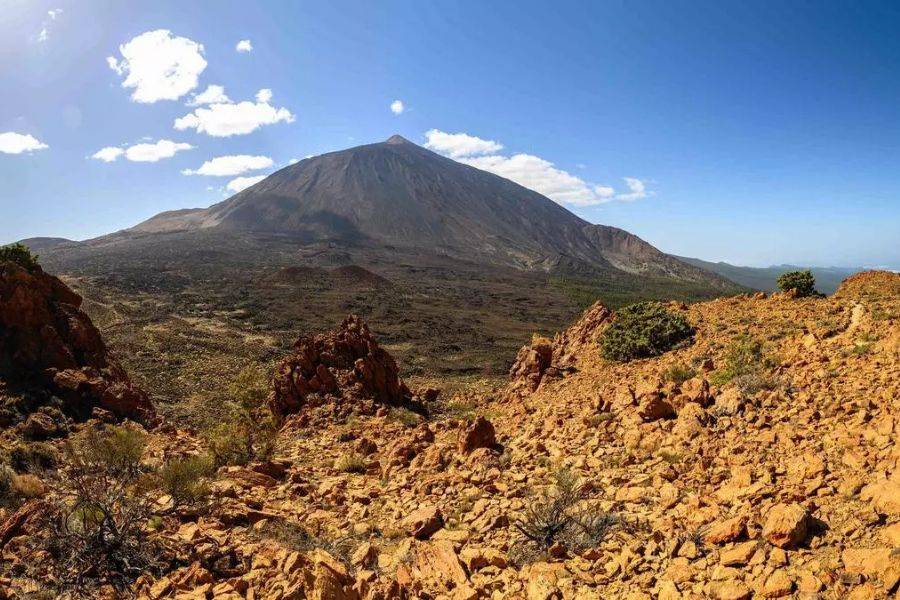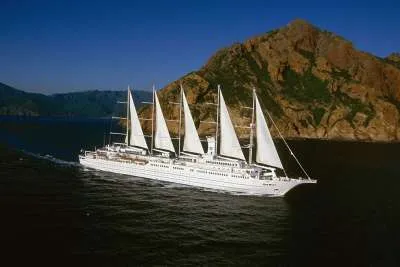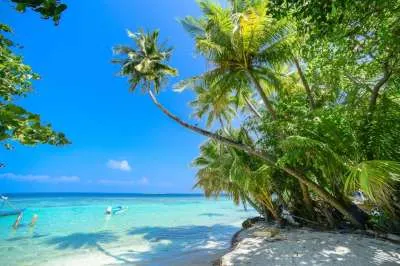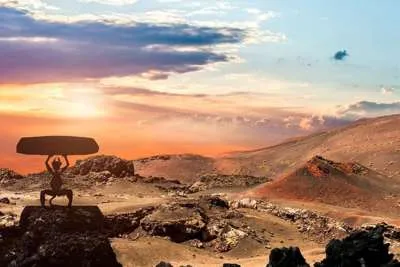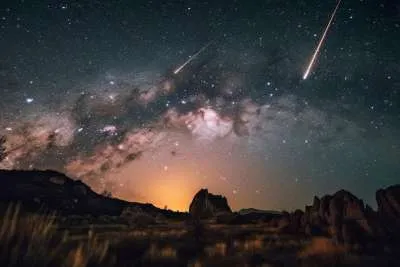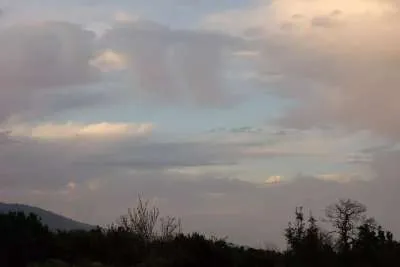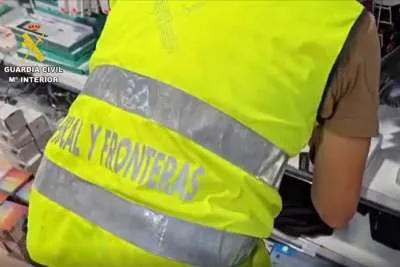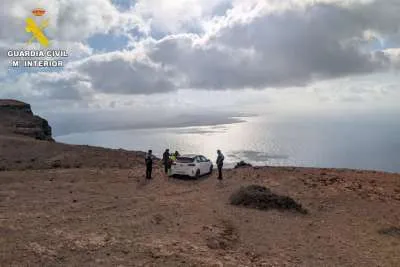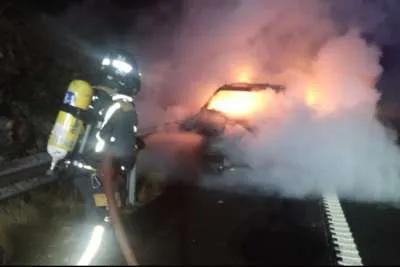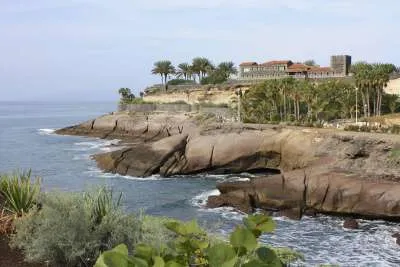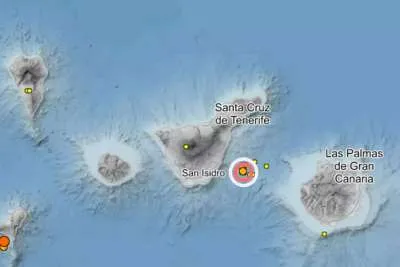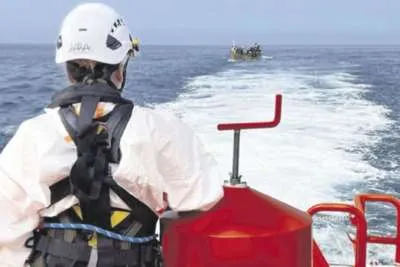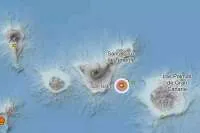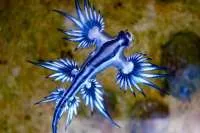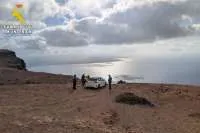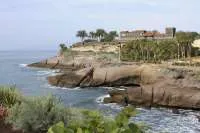Tenerife's volcanic future: what history tells us to expect
- 20-05-2025
- Tenerife
- Canarian Weekly
- Photo Credit: Juanjo Velázquez Fotógrafo / Daniel Millet
Tenerife is famous for its volcanic heritage, dominated by the towering Mount Teide. This massive volcano, the third-largest in the world from its base, is the highest point in Spain, a symbol of the island, and the centre of a still-active volcanic system.
Although the last eruption on land was in 1909, Tenerife has experienced several volcanic events over the years. These have shaped the landscape, caused economic challenges, and led to evacuations, reminding everyone of the island's volcanic nature. Scientists have learned a lot from these eruptions, helping them understand what might happen in the future.
Geologist Inés Galindo believes that more eruptions could occur in the coming years or decades. By studying the island's six most recent eruptions, experts can identify patterns and prepare for future volcanic activity.
From the destructive eruption in Garachico in 1706 to the quieter Chinyero eruption in 1909, each episode has added to the understanding of Tenerife's volcanic landscape.
The Chinyero eruption in 1909, near Santiago del Teide, involved moderate explosions and flowing lava. It lasted ten days, disrupted agriculture, and changed the landscape, but thankfully, no lives were lost. The “Narices del Teide” eruption in 1798 lasted over three months and created a lava field still visible today. It drew attention from scientists and travellers without causing direct harm.
The most destructive eruption was in 1706 when Montaña Negra erupted near Garachico. Lava flows destroyed the port, a vital economic hub, but there was no significant loss of life. Earlier eruptions in 1705 near Fasnia and Arafo caused agricultural damage but were more subdued.
Looking to the future, Tenerife is likely to experience fissural or Strombolian eruptions, which are usually less explosive. These produce lava flows and gas emissions without massive explosions or ash clouds. Highly explosive eruptions are considered unlikely.

Potential eruption sites include the Dorsal de Pedro Gil, Teide's western flanks, and the Dorsal de Teno. A future eruption might last from one to three weeks, though some could go on for months, depending on various factors.
An eruption would mainly affect rural and forested areas, damaging crops and secondary roads. Cities and towns should remain safe with proper evacuation plans. However, infrastructure like roads, power lines, and water systems could be at risk from lava or ash.
Besides direct damage, eruptions can also release toxic gases, start wildfires, and disrupt air travel if ash affects airports.
While Tenerife is well-prepared for future eruptions thanks to advancements in monitoring and emergency management, constant vigilance is key. The focus will be on protecting natural and rural areas, with cities largely protected by improved surveillance and response strategies, especially after the 2021 La Palma eruption.
Other articles that may interest you...
Trending
Most Read Articles
Featured Videos
A Vision of Elvis Tenerife Promo
- 10-05-2025
Tenerife Travel Guide
- 13-12-2024
Live webcam from Lanzarote airport
- 13-12-2024


